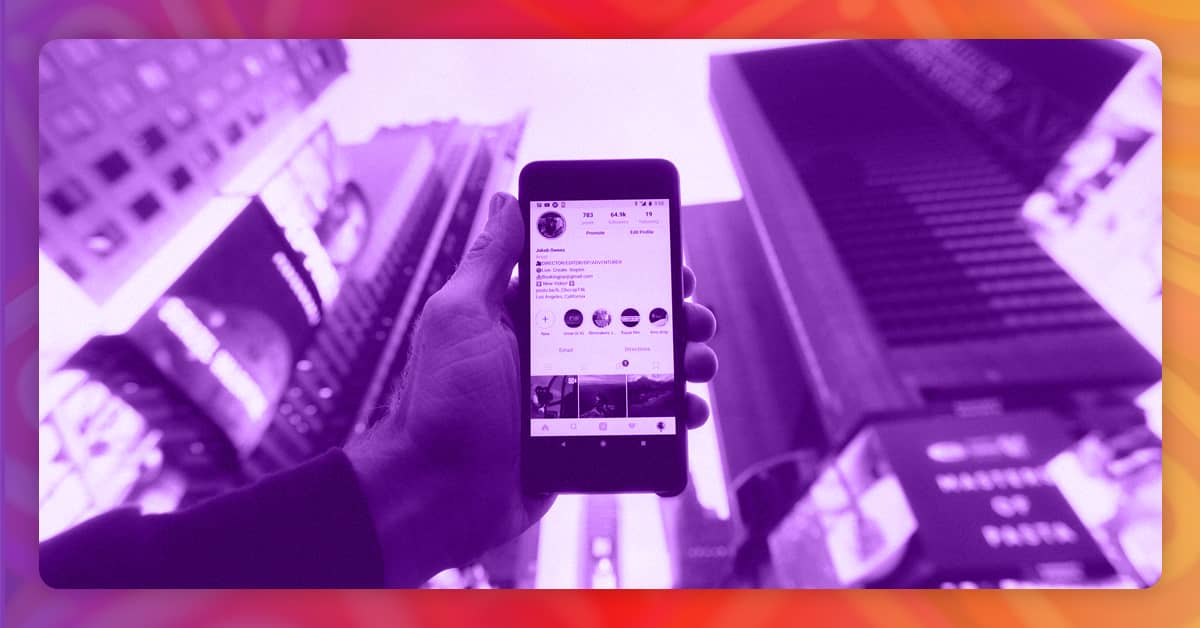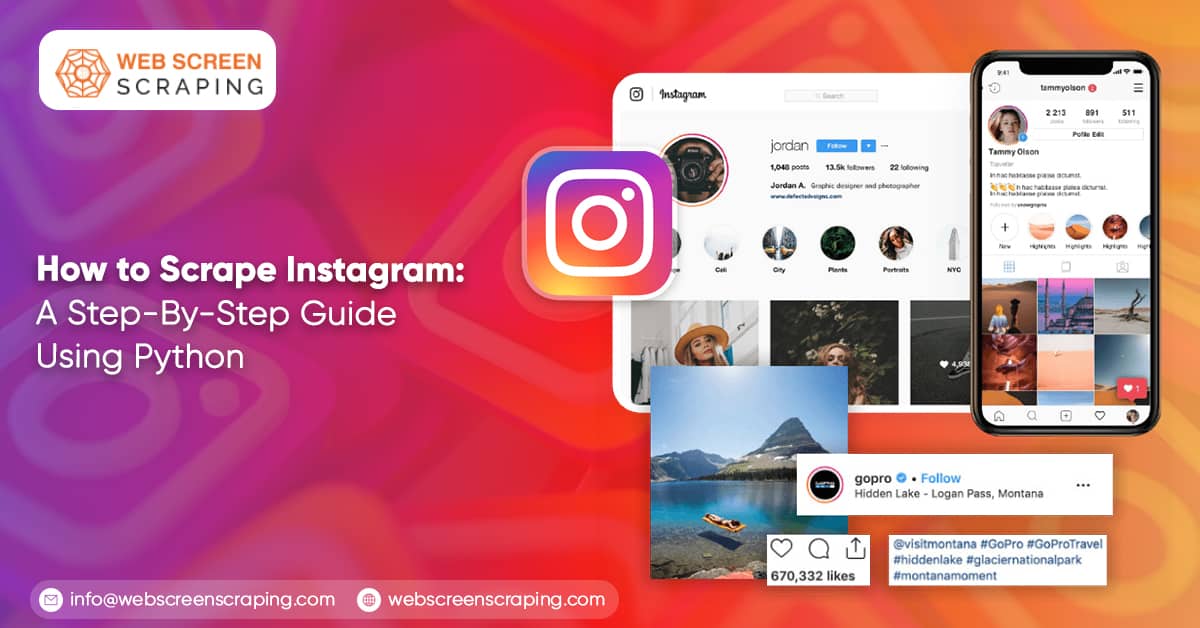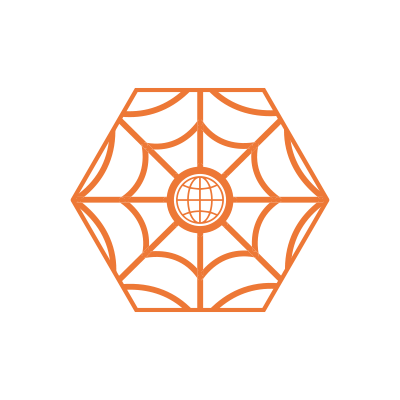Data is a powerful tool, and it's only getting more valuable. With the growth in artificial intelligence and machine learning, a lot of information that would have been impossible to process before is now being accessed and analyzed regularly. People like you and me can see the results of this data analysis in our everyday lives--sometimes without even realizing it!
To learn how to get access to valuable datasets using Python, check out this article about scraping Instagram with Python. This article will provide a step-by-step guide on scraping Instagram profile information and converting it into an easy-to-use CSV file using Python.
It'll walk you through everything: from using libraries like Selenium or scrappy-typing to configuring your workspace for optimal performance.
What is Web Scraping?

Web scraping is a technique that allows you to get access to data (from websites) in a particular way: by getting the page you want to scrape and then extracting the data it contains. This data can be turned into an easily usable dataset and manipulated to suit your needs. Scraping is a broad term for web scraping, crawling, data mining, or even human-assisted data collection.
If you could see behind the scenes of every website, you wouldn't be able to see anything--no features, no images, and no text! There would be a black box on the page where everything is stored. The best part about web scraping is that you can use Python to make this process as simple as possible. You can use Python to write a program that logs onto a website and extracts the data you want.
What Can We Scrape?

The short answer is anything from getting details about your favorite celebrity's Instagram profile with the latest selfies to figuring out which subreddits are more popular than others. You can even scrape places off of Google Maps and find the address for the pizza place that you've been curious about. The possibilities are endless!
What is Instagram Profile Information?

Instagram is a widely popular social media scraping platform. With over 1 billion monthly active users, it's no surprise that it has become notorious for its photo-sharing feature. I'm sure you have an idea of what an Instagram profile looks like--it might be a fancy layout of your most recent posts or even the main profile page with all your friends' photos.
How to Scrape Instagram?

Scraping Instagram profiles is relatively simple. To scrape Instagram, you'll need Python, Selenium, and a few libraries that support crawling.
Instagram's API is well documented, but we will review the most common requests. One of the easiest ways to scrap Instagram is by using Selenium, a library that makes it easy to navigate websites and use their features in a browser-like environment. Scraping Instagram data is one of the simplest tasks that Selenium enables.
Instagram API
Instagram is a popular photo-sharing app. To access their API, you'll need to log in to your Instagram account and find the JSON API endpoints that you can use to update your profile. You will have a few options:
The user endpoint (get user info).
The media endpoint (get media).
The friends endpoint (getFriendsInfo).
For this tutorial, we'll use getUserInfo.
First things first: you need your access token! To get your access token, go to the endpoints page and follow the instructions. This will give you a JSON file with your authentication details. The steps that Instagram takes to generate an access token can be found on their site but if you'd like an overview of how to make an API request using Selenium, check out this article.
Once you have your access token, you can make requests on Instagram's endpoints. Instagram has a method that allows you to make a POST request using the access token--this is what we'll use. We'll use the update method of the user endpoint (check out the documentation for more ways). Make sure to update this information with your access token!
Get Your Access Token here: https://instagram.com/account/oauth2/authorize
This request will update the details of your Instagram profile with information from your user endpoint. The JSON body for this request looks like this:
{ "user": { "screen_name": "id name," "id_token": "xoxp3Oq3P8FmhEMdpCZtD7bq-L9tWGYNtELvzRkkFTF2Q", "username": "[Your Instagram User ID],"... }, "_links": {...}, "_embedded": {...} }
In this code, we're using Selenium to make the request and scrape the data. We're capturing the output into a variable called insta_profile_data. Then we're splitting the output so that our data is searchable and easy to access!
Python Libraries for Web Scraping / Crawling:
Scrapy
Scrapy is a fast high-level screen scraping and web crawling framework used to crawl websites and extract structured data from their pages. It can be used for many tasks, from data mining to brand monitoring services and automated testing. Scrapy also supports plugins and extensions like pipelines, making it even more useful for advanced users.
Scrapy isn't that difficult to use if you're familiar with Python--check out this article for some essential tips on getting started! Scrapy offers a taste of what you can do with Web Scraping Expert.
Scrapinghub
Scrapinghub is one of the most advanced web scraping tools, designed for experienced users. It's feature-rich, but it comes at a price. Scrapinghub provides a sandbox environment for testing and includes several features to make scraping easier, including one-click selenium cloud deployment--a valuable feature for advanced users.
Scrapinghub also offers serious data scientists (and other data professionals) a way to utilize web scraping tools without much effort. Scrapinghub is one of the most advanced Python libraries for web crawling, but it can be expensive if you start.
Scrappy-typing
One of the most promising Python libraries for web scrapping is scrappy-typing. It was created by the same person who made Scrapy and is updated regularly. This library will take you beyond your basic web scraping to help you build more complex websites, share data between scripts, and even scrape XML. If you're interested in learning about scrappy-typing, check out this guide!
Scrappy-typing offers many advanced features, including parallel scraping and data sharing, making it an excellent option for intermediate users.
Xpath Helper
Xpath Helper is a simple library that lets you find elements on a page using XPath (a language used to get element attributes from XML files). It's best suited for finding data specific to your domain and searching for objects like email addresses, dates, or even random text strings. Check out this article for some basics.
Xpath Helper is a valuable library if you want to find specific elements on a page that you can retrieve from the DOM (Document Object Model). You can also use XPath to search through data. This library is great if you're looking for specific information from your website.
Beautiful Soup
Beautiful Soup is another sound library, although it's in a league of its own. This library makes web scraping easy--many companies and new users use it since it makes it quick, easy, and to the point. Beautiful Soup is highly customizable and has many applications outside of web scraping--for example, you can use it for any file, like XML files or CSV files. Check out this article for a tutorial on getting started!
This isn't a library you'll want to use if you're inexperienced with Python (although with proper training, this could be remedied quickly).
Takeaway
Scrapy is a great web scraping library to learn if you're starting. It's easy to use, relatively simple and will get you started quickly. If you're looking for more advanced features, like parallel scraping and data sharing, it might be helpful to check out Scrapy notes or scrappy-typing!
What are the best Python libraries for web crawling and scraping? Let us know your thoughts below!


